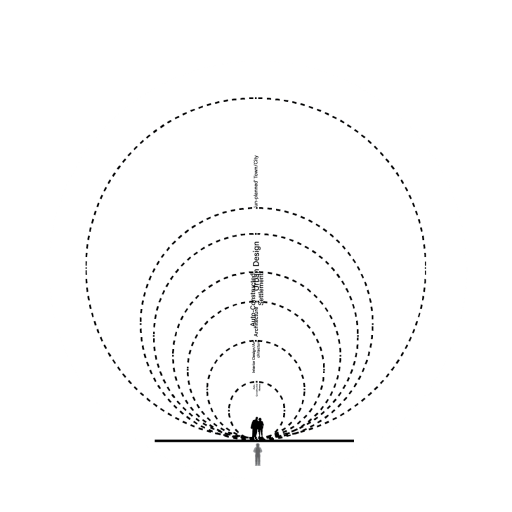This platform offers a space to reflect and re-consider what approaches are on offer in regards to spatial practice in South Africa
Considering an Approach
The professions and individuals involved in Built Environment Re-development initiatives in South Africa typically respond in the manner in which they were trained or exposed to.
The fact that our country remains one of the most unequal societies in the world should give warning to us as practitioners to carefully consider what aspects of this inequality we bring to our work in spatial re-development.
There are many schools of thought and concepts available for practitioners to employ. This platform has curated a small selection of ideas, themes and concepts which the editors feel exemplifies and conveys important aspects of a considered spatial practice.

This platform has been developed from over a decade of discussions, experiences and resource gathering through research, seminars and workshops. From these 3 approaches to frame this type of work are offered here:
It is by no means comprehensive nor exhaustive, and takes very strong positions (which may change in the coming years), but offers links to further resources and platforms as a means of encouraging a more diverse spatial development practice for South Africa and abroad.
If anything is taken from engaging with this content, the idea that one is not limited to a singular way of thinking, working or making is possibly the most vital message embedded in this website.
For that, the editors suggest a series of reflective topics to think through as a starting point for considering additional ways of practicing spatial design in South Africa:
On Intent
Consider an approach that makes space for socio-technical spatial practitioners to occupy and recognise a missing set of roles in the current built environment eco-system, while connecting existing processes of non-professionalised space-making to the professionalised processes that are failing to ‘deliver’ the socio-spatial promises of post-1994 South Africa.
On Capacity
Consider an approach that encourages visually and design driven methods of project making and engagement which allow for inclusive ways of understanding and space making. These methods and actions should allow for multiple voices and perspectives throughout a project.
An approach that allows for the technical, social and tactical experience of all involved to be recognised beyond professional qualifications and titles. It aims to draw from the existing social capital often neglected in re-development projects.
This approach adopts a with-and-for mentality to designer/user as a means of building accountability in both directions of the project ownership and drive while allowing for a semi-traditional client/designer responsibility of output artefacts.
On Positionality
Consider an approach that supports an important recognition of the potentially damaging role that unchecked privilege and power in regard to social demographic holds in spatial development projects. The approach aims to allow for difficult discussions and work through these challenges – not around them.
On Criticality
Consider an approach that supports a reflexive way of working that proactively allows for introspection for all actors involved as well as adaptation throughout projects.
An approach to spatial design that seeks to break from the un-useful binaries of ‘formal’ and ‘informal’ as these terms are often used to hide social biases and misreading of urban systems. Instead the approach calls for more specific and attuned readings of socio-spatial systems. In the same light the approach challenges the broad and uncritical use of the term a singular ‘community’ in any area, rather the approach recognises that spatial groups are often made up of any communities, individuals and other collectives and encourages a more specific use of the these terms when engaging.



